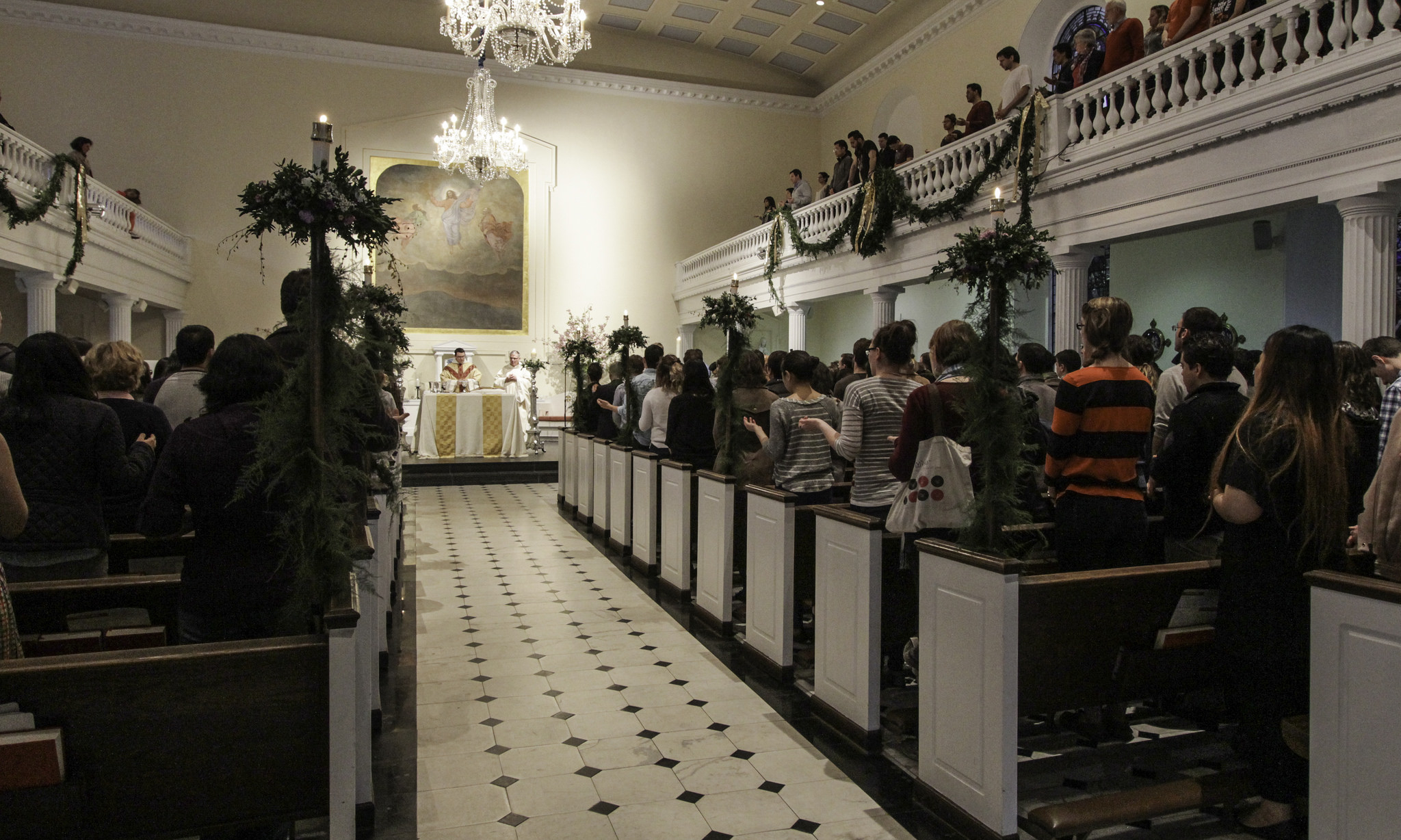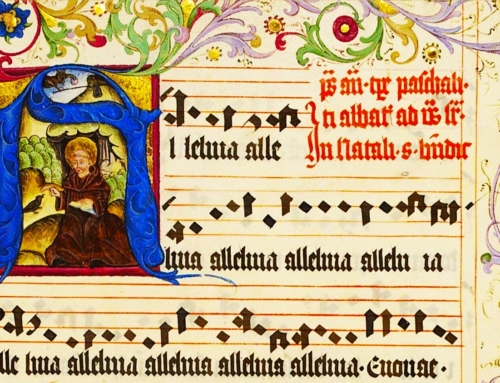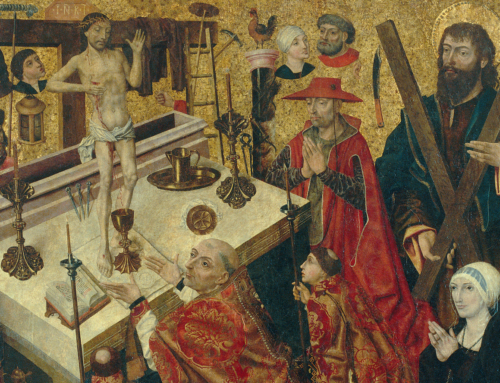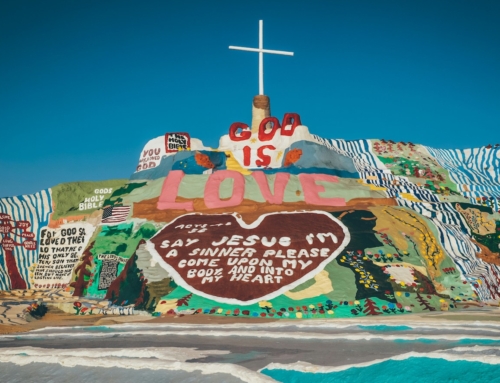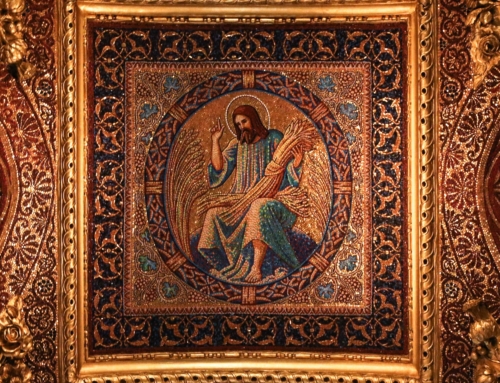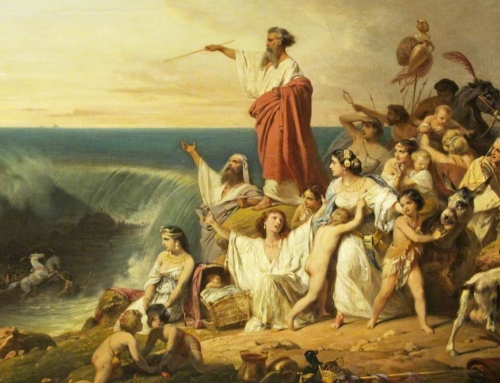Oftentimes friends and family ask me, “Well, how long until you become a priest?” I usually respond with a condensed version of our lengthy and seemingly complicated formation program. More questions ensue, and I continue to explain to them the whole framework of reasoning behind all the things formation involves.
There’s a great deal that the Church wants her future priests to know and do before they go out and become the face of Christ for his people. The Holy See and local bishops’ conferences, such as the USCCB, send out various types of documents that present the guidelines for how a priest should be formed. Through these documents, we are able to observe the wise instruction that has been handed down through the centuries of the Church’s life. By the time a man arrives at his ordination day, he will have encountered and experienced countless workshops, classes, ministries, and books. And while there are many key aspects to our formation, arguably the most important part happens when we pray at Mass or at the Liturgy of the Hours, the universal prayer of the Church.
As one who brings Christ into the world in a unique manner, and especially in the Mass, the priest must strive to always be in union with Christ. As friars in formation, our days include a few hours of prayer in the chapel, spread throughout the entire day. This consists almost entirely of the celebration of the Mass and of the Liturgy of the Hours. The routine of constant celebration of the liturgy is supposed to regularize us in a life of continual prayer, drawing us more deeply into the living story of salvation history. The Church has structured the liturgical year in such a way that those who participate in it are able to see the grandeur and fullness of God’s action in the world. This experience is truly one of participation—whether in the exile of Israel, the Kingdom of David, or the saving mysteries of Jesus’ life. Pope Emeritus Benedict XVI reminded us of this in a general audience: “the Liturgy is not the memory of past events, but is the living presence of the Paschal Mystery of Christ who transcends and unites times and places.” We are formed by this experience because the liturgy, Pope Benedict continues, is the “act in which we come into contact with God: he comes to us and we are illumined by him.” What could be a more intimate encounter of formation by Christ than “a participation in Christ’s own prayer addressed to the Father in the Holy Spirit” (CCC 1073)?
But according to Pastores Dabo Vobis, an important apostolic exhortation on the formation of priests, this liturgical formation in Christ is not only for clerics. The document pronounces that “spiritual formation…is applicable to all the faithful” (PDV 45). While the liturgical formation of seminarians and friars such as myself may be extensive, God calls all of his children who have been baptized into his life to be more conformed to him in the liturgy. The document also notes that “a totally necessary aspect of the formation of every Christian, and in particular of every priest, is liturgical formation, in the full sense of becoming inserted in a living way in the paschal mystery of Jesus Christ” (PDV 48). The liturgy is the place of encounter with all that God wants to offer us in his Son. The proclamation of the Sacred Word, the celebration of the sacraments, and the many sacred actions envelope, purify, and conform us all to the one Son so that we may enter ever more deeply into the Trinitarian life.
We find ourselves currently on pilgrimage to the pinnacle of the liturgical year, the Paschal Mystery. As we come closer to those most sacred of days, may we see ourselves as being formed by the cries of the Psalmist, the lamentations of Jeremiah, and the pleadings of Our Lord so as to experience interiorly the cross, death, and Resurrection of Christ.
✠
Photo by Fr. Lawrence Lew, O.P. (used with permission)

